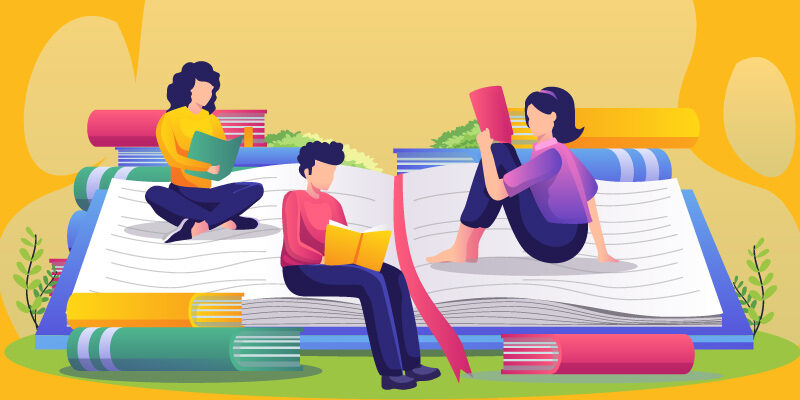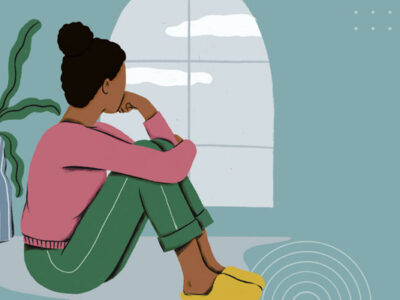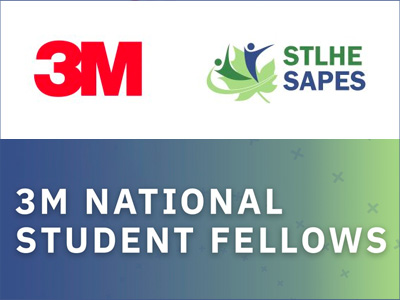We are all familiar with students not reading assigned material. We also are familiar with classroom discussions that resemble pulling teeth. The process described here is an effective response to those developments. The discussion method and process described here is something I started doing in my graduate seminar several years ago. The pandemic and remote teaching prompted me to bring this method to my upper-level undergraduate courses.
Student participation is graded by having students submit the night before class a 1-2 page summary of the week’s readings with one or two questions for the class to consider. (This does not work with textbooks—a diverse set of readings opens up the discussion and textbooks are too dry to generate much discussion). This allows the instructor to go through the submissions before class and identify which questions will prompt student participation. The discussion in class the next day finds students interacting with each other in substantive ways. The discussions often proceed without much input from the instructor.
The submission of the summaries allows for the elimination of a midterm exam over the readings, a development students embraced. I think students more thoroughly learn this way than studying for an essay exam. Obviously, this is geared toward smaller classes, but breaking large classes down into groups of 5-7 students could achieve the same outcome. In this instance, one student would offer his/her question for the group to consider. Once they have deliberated on that question, they could move on to another student’s question.
I heard a student once say while leaving when the class was finished: “the discussions are more interesting when everyone has read the material.”
Jim Wittebols is professor and director of graduate studies in the Political Science department. He taught media literacy at Niagara University for 15 years before coming to Windsor. Before venturing into information literacy as a research topic, his research focused on promotional culture, television and soap opera storytelling, and the politics of popular culture. He regards understanding the information environment as crucial to our lives as students/professors, consumers and citizens.










Comments